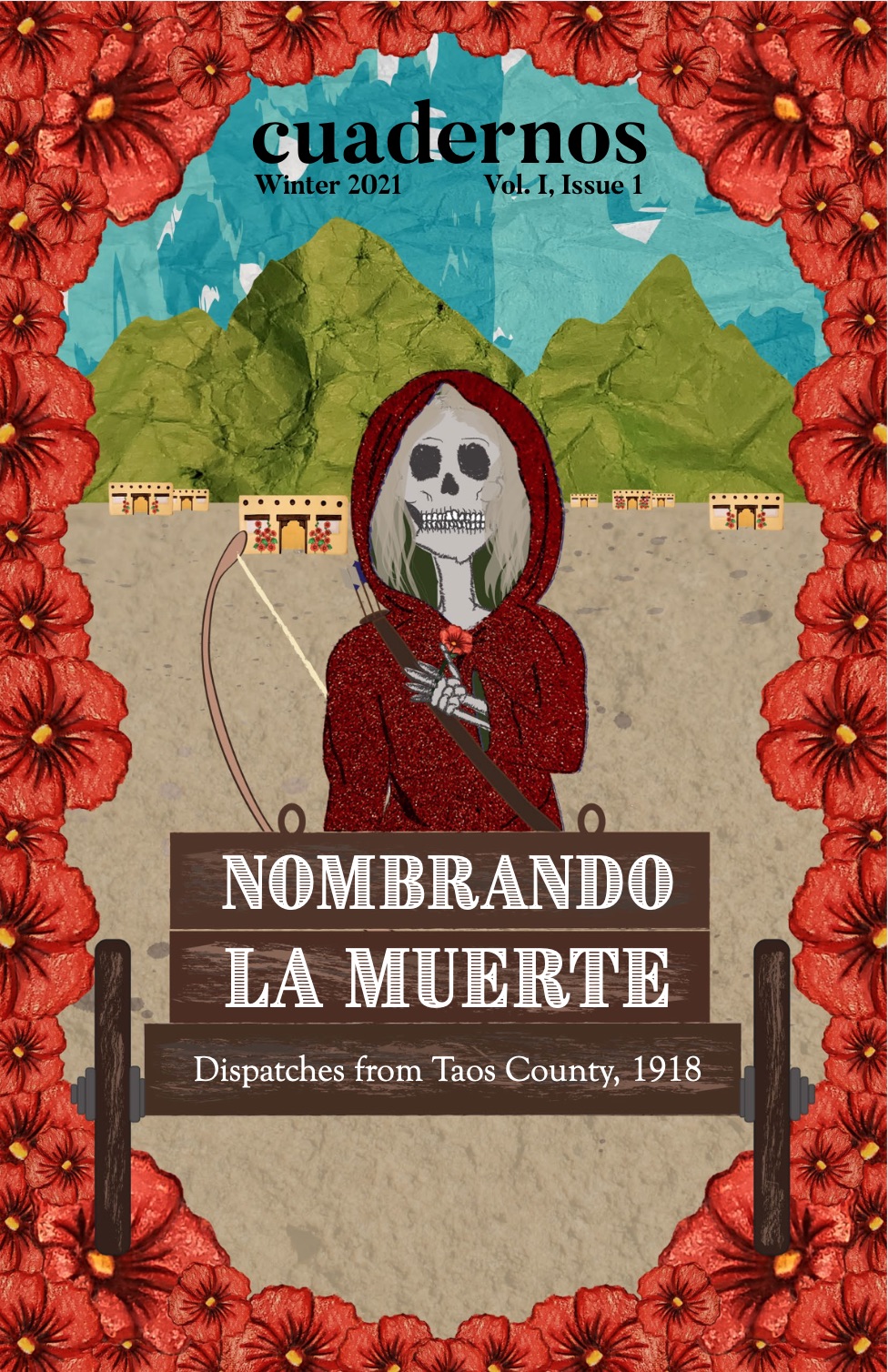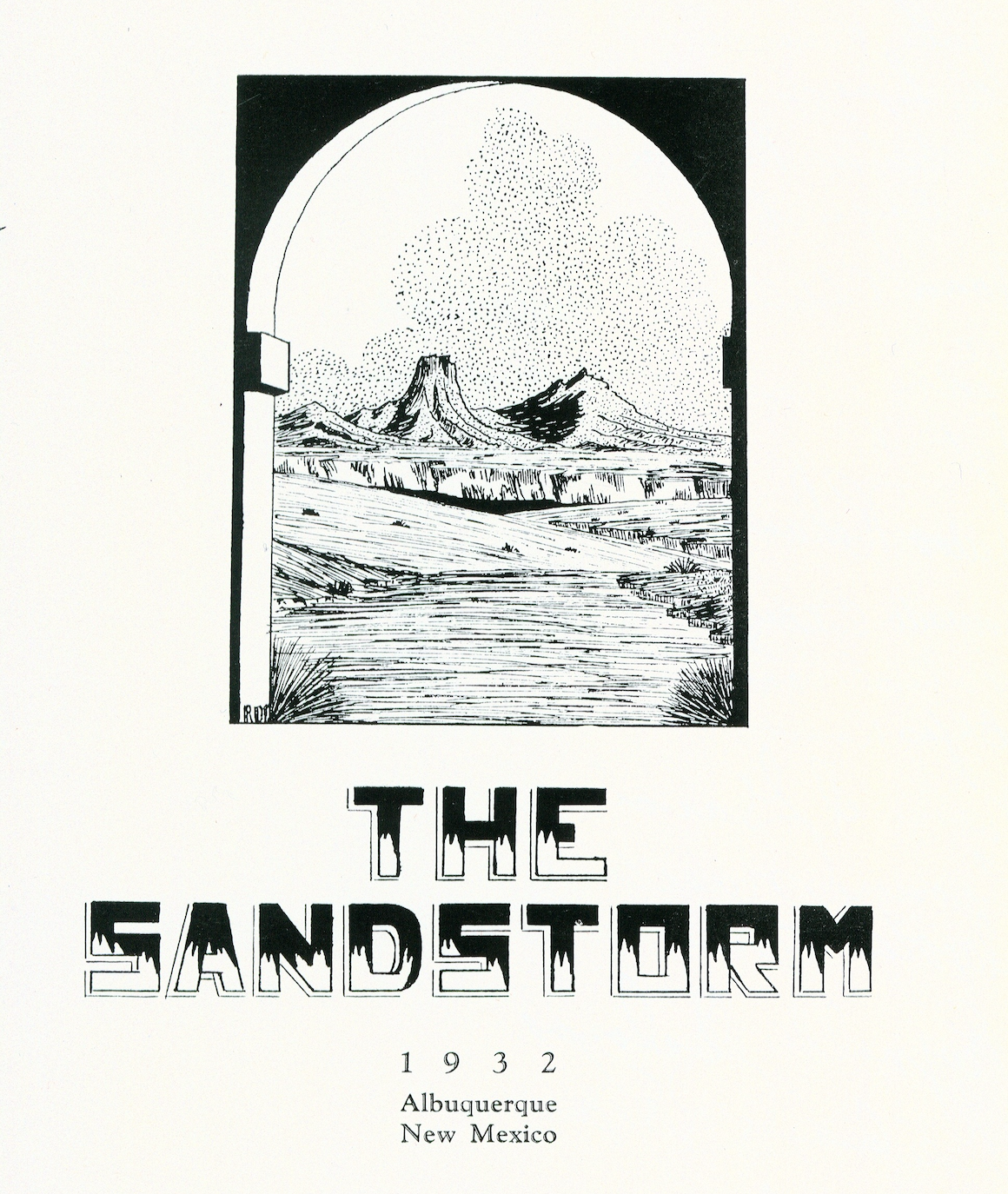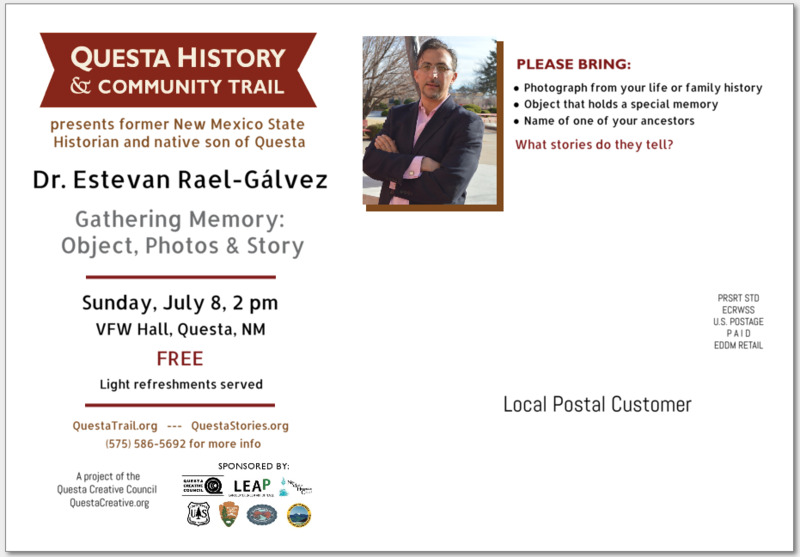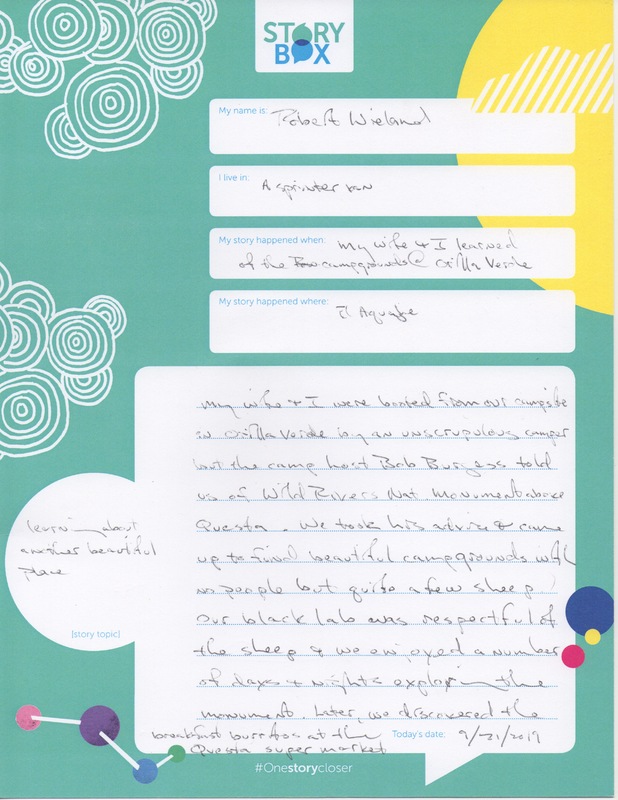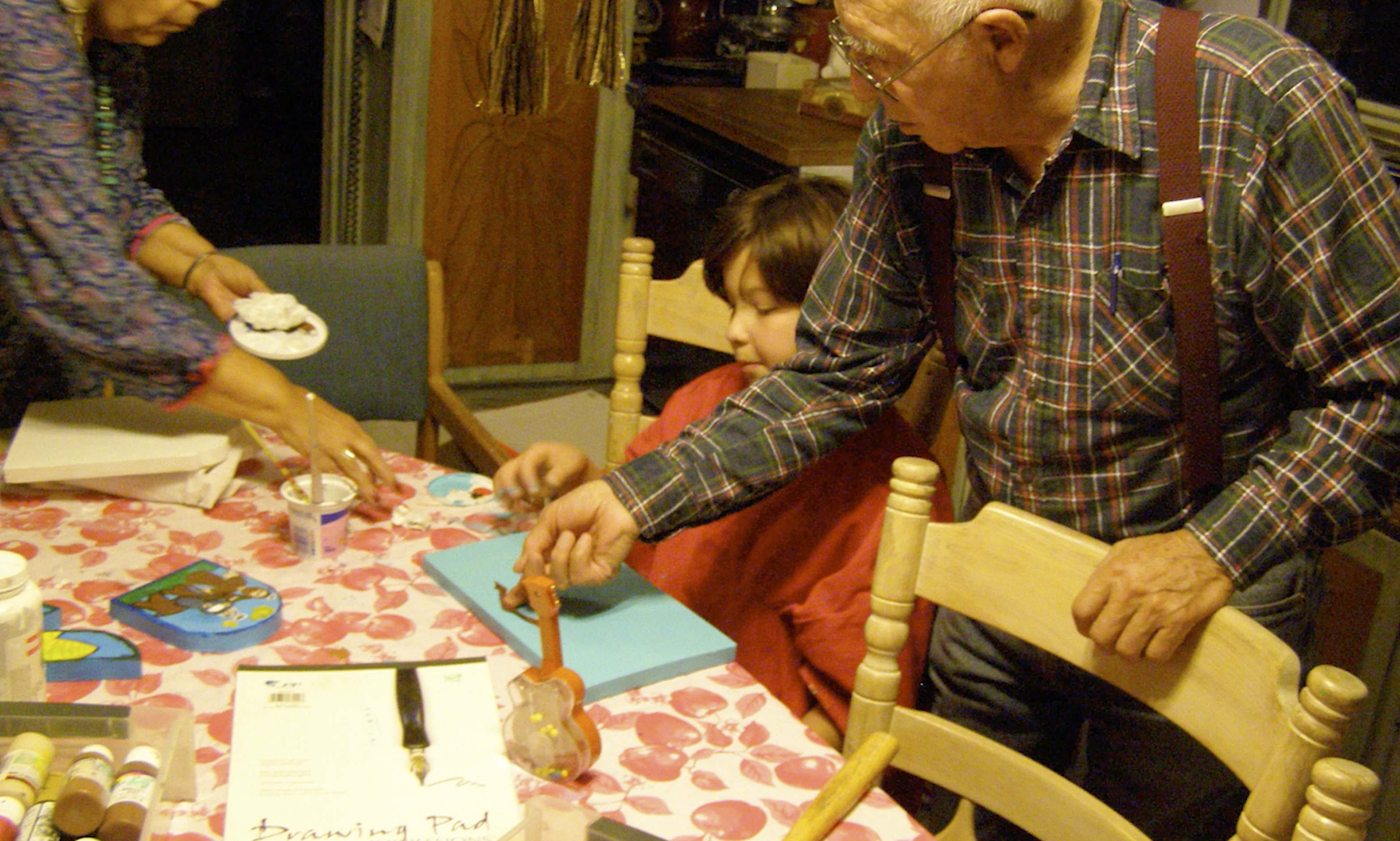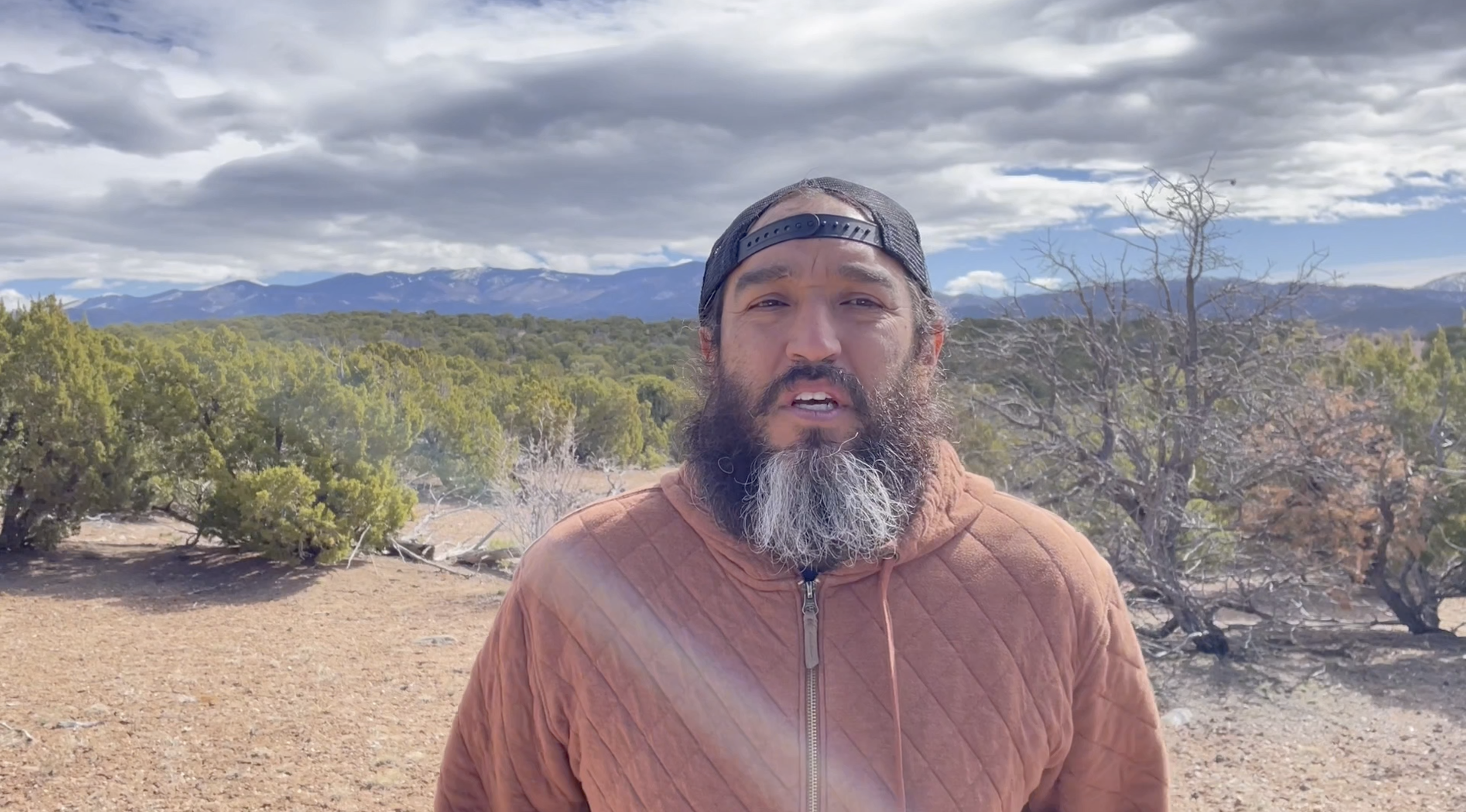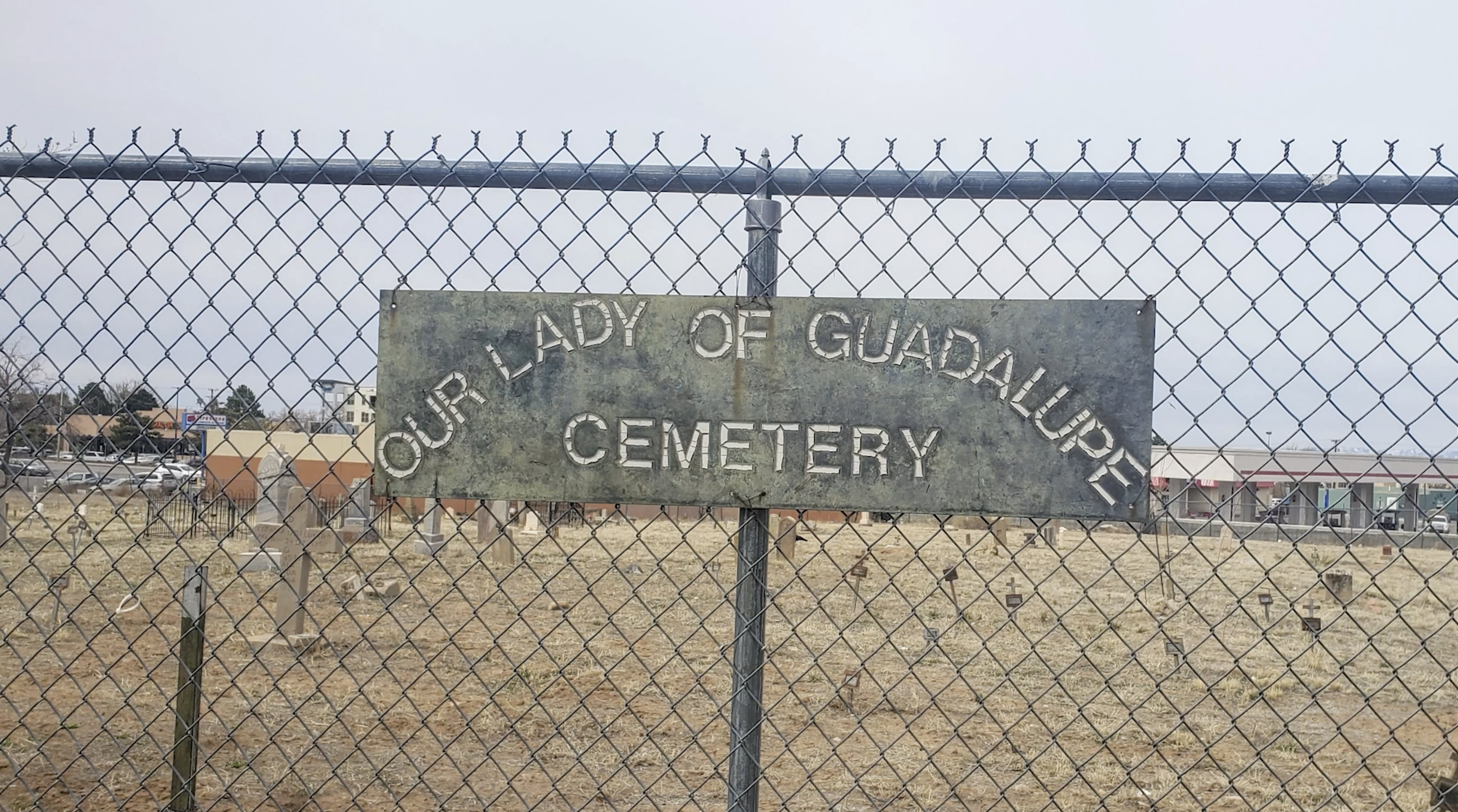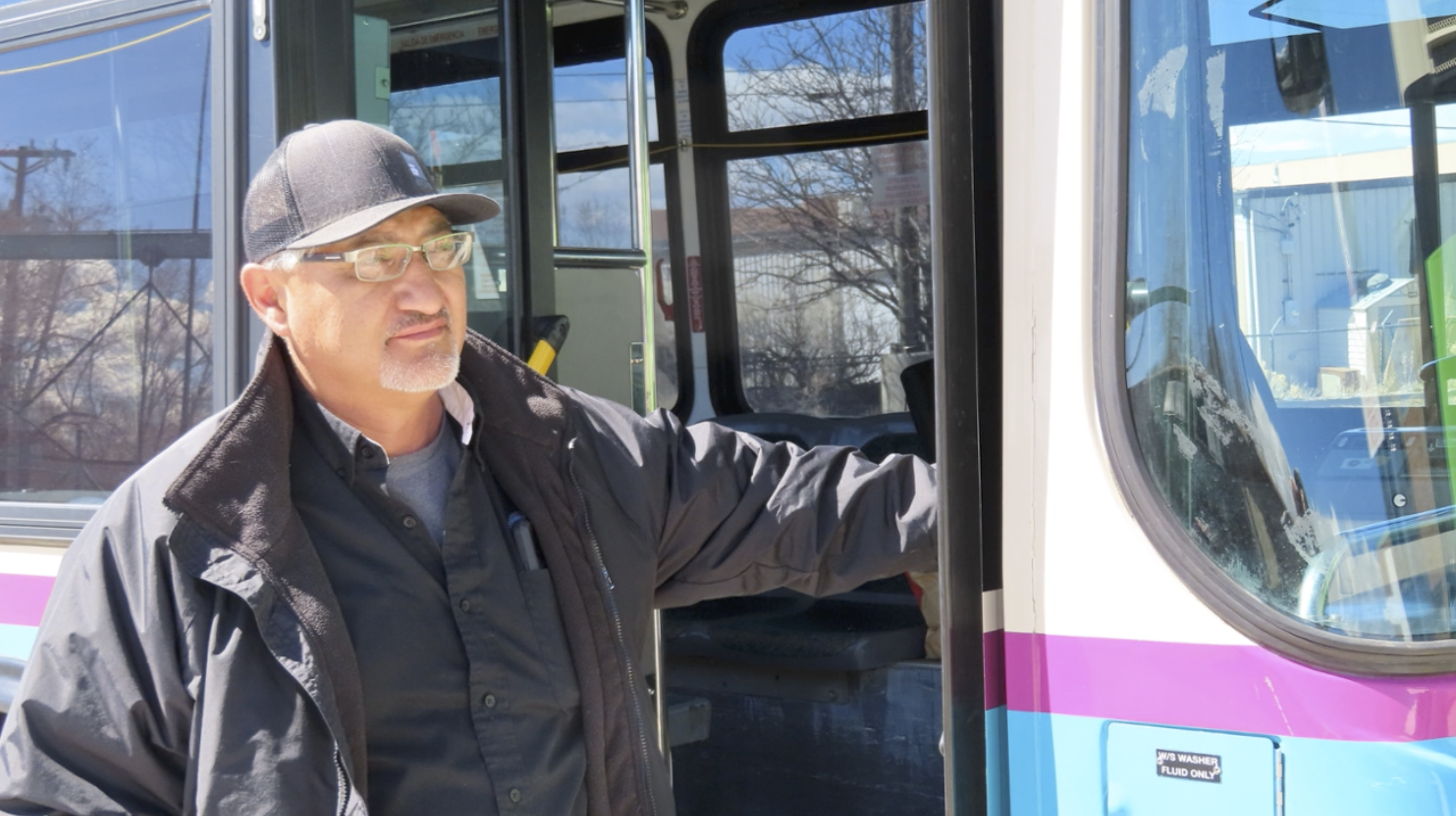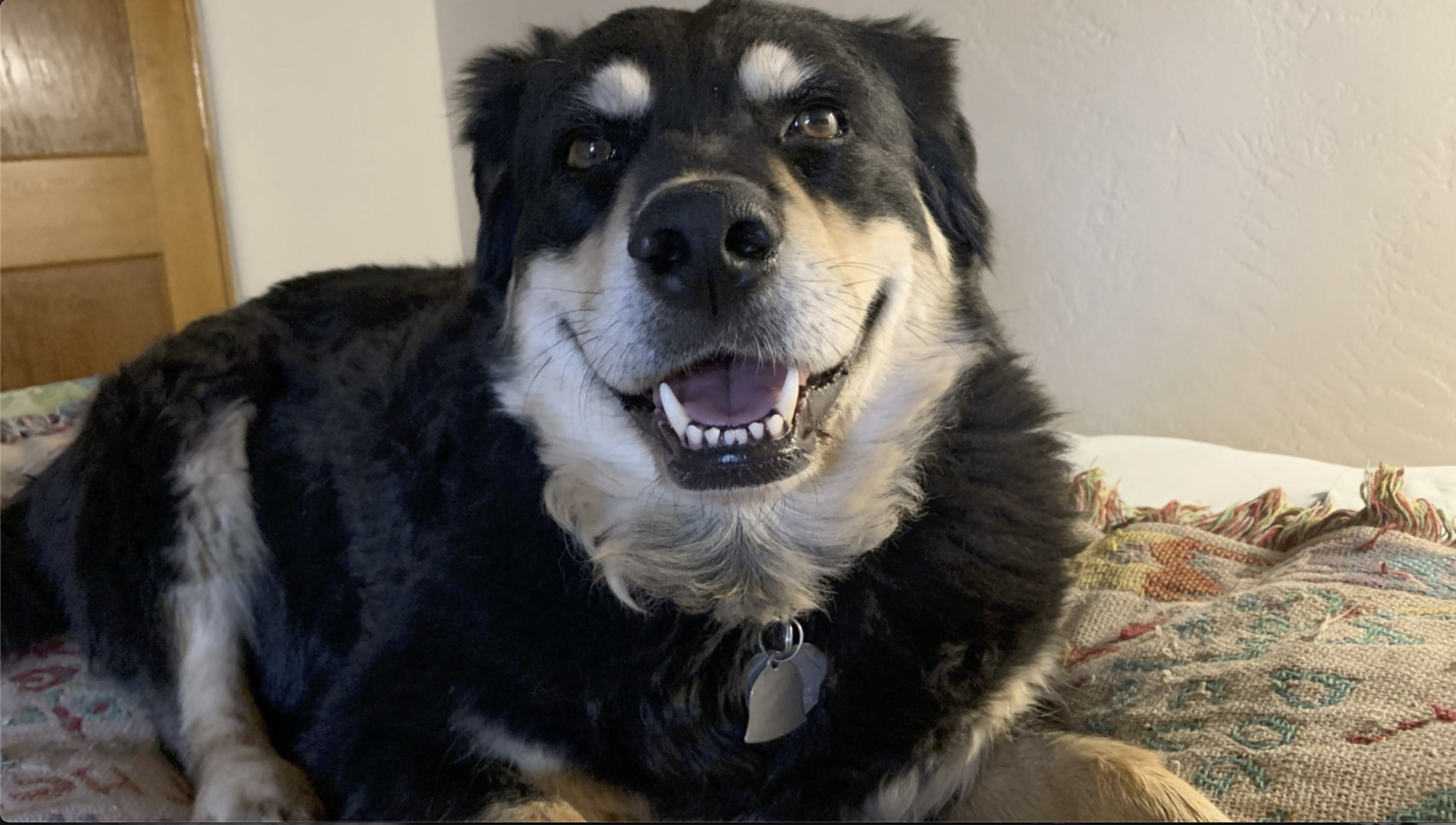-
New Mexico History In 10 MinutesTen minute videos of New Mexico history presented by Rob Martinez, State Historian of New Mexico
-
Let's Talk About Historic TaosConversations with citizens of Taos whose knowledge and personal experience shed light on an important facet of local history.
-
Manitos Personas PlacematsThese downloadable placemats were designed by interns from the Manitos Community Memory Project under the direction of Dr. Estevan Rael-Galvez. They were produced in conjunction with a series of posters called Manitos Personas that honor tradition bearers and others who serve the community and help to hold it together. The original idea, inspired by a project of community scholar and activist Dr. Patricia Trujillo, was to distribute the placemats to local restaurants to educate and inform children about their Manito heritage. As the placemats were in production, however, COVID-19 hit, and restaurants closed. Schools were desperate for ways to keep their students engaged while learning from home. The placemats were printed and sent home through distributions at school sites along with food and other educational materials and supplies. We also discovered that adults enjoyed the activities on placemats and so there were a number of distributions at senior centers.
-
Manitos Cuaderno SeriesThe year 2020 was defined by the COVID-19 pandemic, which decimated families and communities in northern New Mexico and southern Colorado where many heirs to the unique Indo-Hispano culture often refer to themselves as Manitos. In response, the Manitos Community Memory Project (MCMP), with support from the American Recovery Act, National Endowment for the Humanities, initiated a series of publications to help Manitos address the trauma of the pandemic through connection to their history, cultural heritage, and to each other. The format of the publications pays homage to the cuadernos, small journals or notebooks, traditionally used by Manitos to record all kinds of information. The Manitos Community Memory Project (MCMP) was initiated in January 2019 with funding from the Andrew W. Mellon Foundation through a grant to the Center for Cultural Technology, a partnership between the Department of Media Arts and Technology at New Mexico Highlands University in Las Vegas, New Mexico, and the New Mexico Department of Cultural Affairs, working in collaboration with the New Mexico Humanities Council and a network of Manito community partners and academic researchers. The shared vision is to protect and preserve the region's at-risk cultural heritage by creating a network of memory gathering sites located in rural libraries, schools, and non-profit organizations, and by building a sustainable digital archive by and for Manitos. The original focus of the MCMP was on healing from historical trauma, passed down from generation to generation, and recovery from the legacy of colonialism. The COVID-19 pandemic expanded the focus to address a new trauma. The Manitos Cuaderno Series was one of a number of MCMP internship projects designed to demonstrate the value of a community-directed digital cultural heritage repository. Initially envisioned as a series of downloadable digital publications, it was Ellen Dornan, former director of digital initiatives at the New Mexico Humanities Council, who had the vision that they should be printed and distributed free of charge and found the funding to make it happen. In January 2021 the printed sets of Volume I made their debut. In 2023 Volume II was published.
-
Sandstorm yearbooks from The Menaul SchoolYearbooks from The Menaul School, beginning with 1907, when the editions were single copy and handwritten, up to present day.
-
Los Paisanos de Santa FeDocuments related to Los Paisanos de Santa Fe (traditional music group)
-
Gathering Memory: Sound, Object, Photo and Story, July 8, 2018, Questa VFW HallThe general public and community members, from the Questa area - La Lama to Amalia and beyond, were invited to a community workshop: Gathering Memory: Object, Photos, and Story, on Sunday, July 8, 2018, at the Questa VFW Hall. The event was organized and hosted through a partnership between Questa History Trail (a project of Questa Creative Council, QuestaCreative.org) and Questa Stories. Over 100 people attended the event. This is the collection of audio files and images of community members telling stories about the objects and photos they brought to share.
-
StoryBox Collection from Questa StoriesThe files in this collection/item set are stories gathered through the use of StoryBox, and our (QuestaStories.org) documentation of these story gathering events.
-
Women’s Tea: a story sharing afternoon in Questa, November 16, 2019On Saturday, Nov 16, 2019, Questa Stories hosted a “Women’s Tea: a story sharing afternoon” event from 2:00 - 4:00 PM at La Sala in Questa, NM. We collaborated with Esther Garcia as our event co-host; she is an active community member and former Mayor of Questa. (Although we had envisioned an event similar to this for some time, it was Esther who initiated it in this instance). Together, we selected a guest list that represented a variety of backgrounds and ages from within our community and created an appealing invitation. We then delivered them by hand, and by email and also made phone call invitations to women with this prompt: “tell a story about a moment, experience, or person that changed or shaped your life.” We introduced the gathering as part of Questa Stories and the Manitos Community Memory Gathering Project and explained the digital archive. Recording their stories was optional, but encouraged, and most women wanted to be recorded. We asked all present to sign release forms allowing us to record their voices, take their photo taken and for both to be uploaded to the digital archive and Questa Stories website (QuestaStories.org). The stories shared at the event were heartfelt and personal and united us as a group and also connected us to each other as individuals in a significant way. In some cases women in attendance were close friends, other acquaintances, and some met for the first time. This mix was intentional. We all left with a small but significant sense of connection to one another as a result of the gathering. One participant has since noted that since the event, when she has seen other women who were at the event in other contexts that she feels closer to them and gets the sense that they feel closer to her as well.
-
Pride: How it Affects Historical Perspectives by Weston Gabriel Lucas ArchuletaWeston uses his own complicated family history to illustrate how pride affects memory and who and what is remembered or forgotten.
-
Hope and Faith Memoirs of a Mother/Esperanza y Fe Memorias de una Madre by Alma RiveraThis piece is dedicated to all parents, from all generations, who have struggled with depression and yet found a way and the courage to live for their children! This 4 minute short film was created by Alma Rivera, in honor of motherhood. Navigating the journey between heart break and healing, a mother shares her vulnerable experience in hopes to help others. Maybe my story could help another mother who was in need of support and encouragement. No estás solo y hay ayuda disponible Comadres! You are not alone and help is out there Co-mothers!
-
Good Mourning by Holly LovejoyA glimpse of real time grief from losing an adult child to substance abuse.
-
Memorializing the Fallen Soldiers of WWIThis essay originally appeared on the Manitos Digital Resolana, a blog site meant to reconnect, recollect, record, and reflect on the shared cultural heritage of manitos, as people from rural northern New Mexico and southern Colorado call themselves. In this entry, the effort to memorialize New Mexicans lost during World War I is discussed.
-
Isabel Rodriguez - Ok BuenoOk Bueno is a short film created in collaboration with the Little Globe Community Story Tellers program. Ok Bueno is a brief family history told through the lens of folk art, and family traditions.
-
David Sloan - Urban Sprawl in Santa Fe"Development" threatens vital ecosystems to Santa Fe's animal inhabitants.
-
Rosario H. Torres - Why Does It Matter?This video focuses on the Our Lady of Guadalupe Cemetery located on Early Street in Santa Fe, NM. This Cemetery has been maintained by the Catholic Church since 1896 when the first burials took place. The focus of the video is to recognize the importance of preserving and restoring this property as there remain living family members that can contribute family stories from the territorial days to the present.
-
Masouma M Karimian- The Journey HomeAfter years of movement, relocation and travel, battling culture shock and not-belonging, Masouma finds her roots and grounding when she recovers her ancestry The Bakhtiari Tribe of Iran. With the help of Native American traditions, Indigenous teachers, and the support of her partner and love of her life, she finally finds the meaning of Home.
-
Douglas Conwell - Faith, Family and Friends--All Aboard the BusEd Montoya is a bus driver on Cerrillos Road, Santa Fe New Mexico longer than any other driver. This story is an inspiring look at what motivated him to do so. He was a positive force for good along this most busy street, offering friendly support and encouragement to all, including those who were unsheltered and shunned by many. His philosophy of life was rooted in his family, faith and close friendships. Sometimes it's hard to keep your faith in humanity, Ed said, when you have the weight of the whole world on your shoulders. But Ed's friendly smile and even a honk of the horn lifts the spirits of one and all.
-
Oriana Lee -In Spite OfA homeschooling family's story of overcoming racial profiling and police brutality
-
Terry Ngo - Santa Fe ResidentA Vietnamese boat refugee elder shares how she came to be in Santa Fe.
-
Meryl Lieberman - You are my TeacherA Tribute to Unconditional Love





